Atari ST 520+ (Low serial Number)
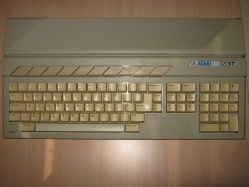
Autopsy:
from OldComputers:
The Atari 520ST was introduced at the Winter CES in January of 1985, 6 months before the Commodore Amiga. Atari did take some shortcuts, though, as the Operating System did not yet exist in ROM, and had to be loaded from floppy-disk when powered on (but then again, so did the Amiga). The 520ST also had no internal floppy drive, but later versions included it.
Bundled with an external 360K single sided 3.5 inch floppy drive, mouse and monochrome monitor, it costs $799. Both Amiga and 520ST are based on the Motorola 68000 CPU, which has a 16-bit external bus, and 32-bit internal, thus the 520′ST’ means ‘sixteen / thirty two’. The Operating System is ‘TOS’, or ‘Tramiel Operating System’.
The 520ST (and Amiga) have a graphical operating system, or GUI, similar to the Apple Macintosh, which was released one year earlier. The 520ST utilized Digital Research’s GEM GUI, although it is not nearly as nice as the Macintosh or Amiga.
One thing that IS very nice is the built-in VT52 emulation. The 520ST can act as a dumb terminal, communicating through its serial port to another system. There was a huge rivalry between Amiga and Atari users, each positive that their computer system was superior, or at least hoping it was.
In addition to the 520ST, Atari release the 1040ST, with built-in floppy drive, and 1Meg of RAM (the 520ST has 512K). Four years later in 1989, the portable ST computer appeared, the Stacy.
source: oldcomputers.net















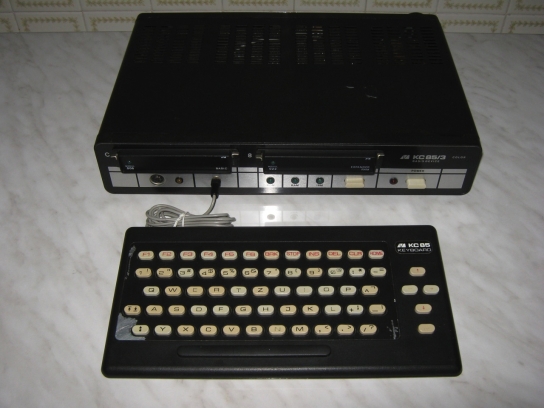


























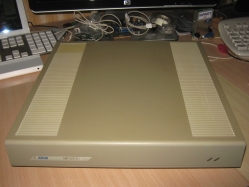















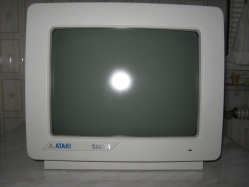







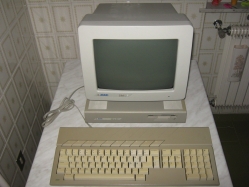















 Atari was moving forward in the right direction. Also introduced along with the Mega ST line was Atari’s direction into the desktop publishing field.
Atari was moving forward in the right direction. Also introduced along with the Mega ST line was Atari’s direction into the desktop publishing field.















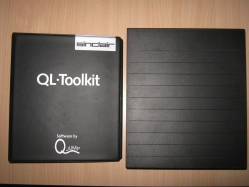




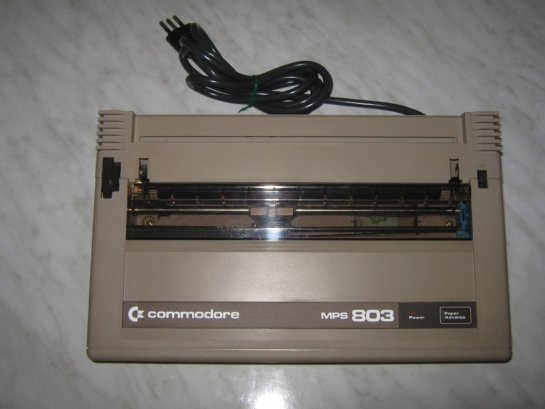















































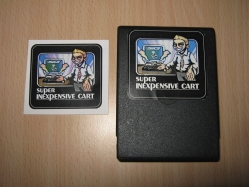




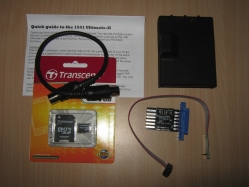















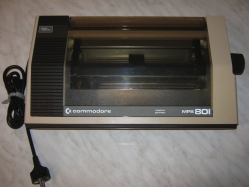



















Recent Comments